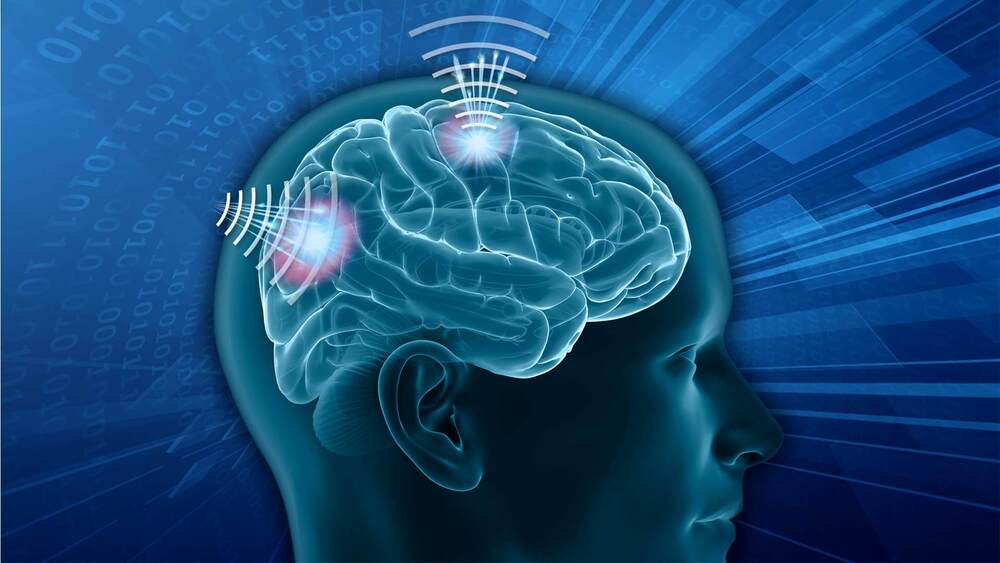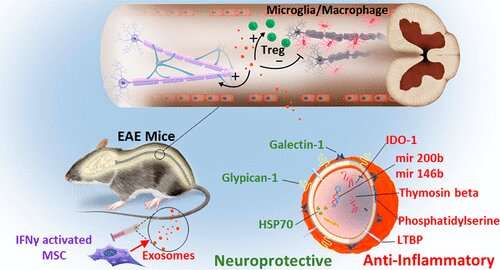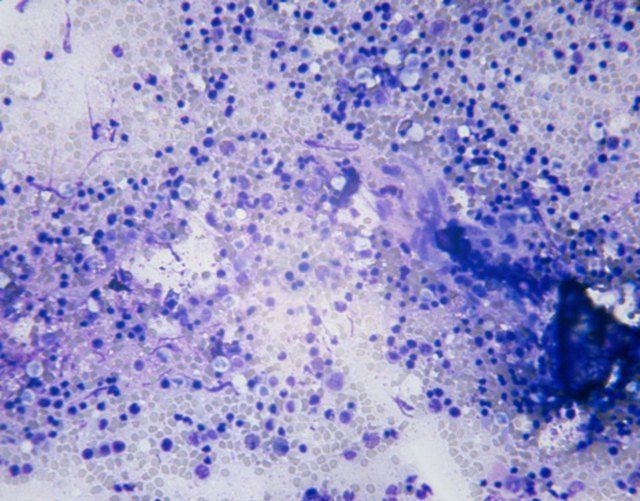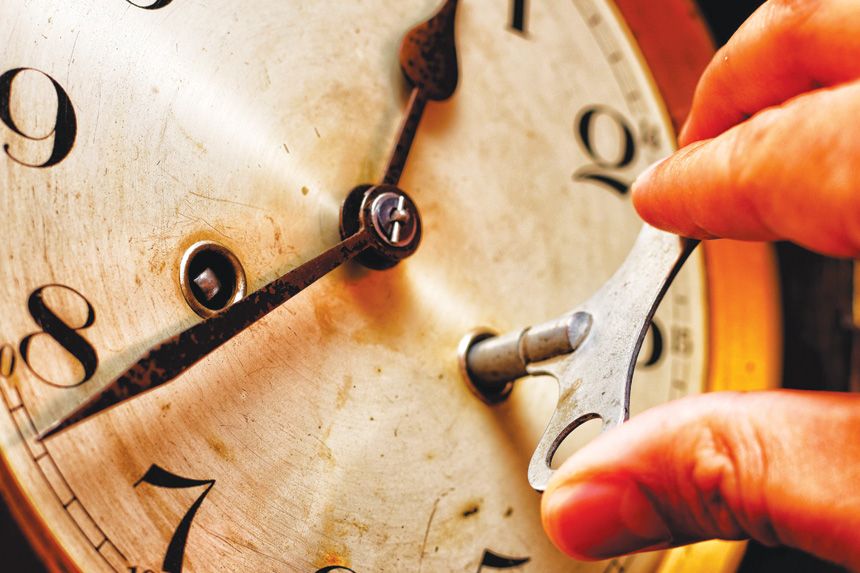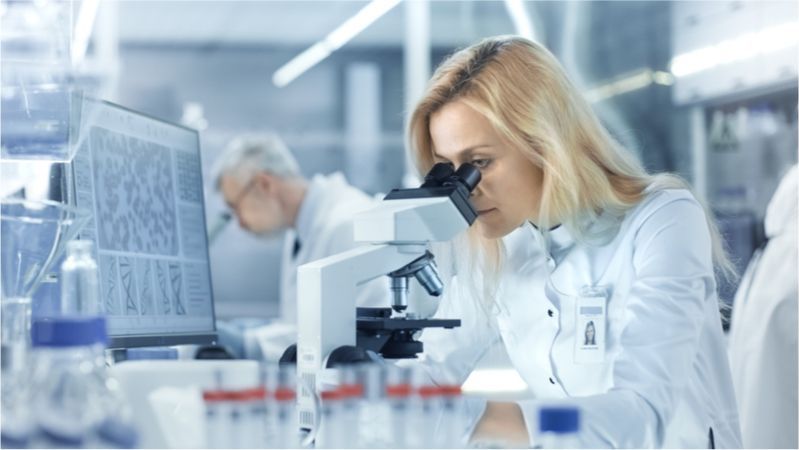When Elon Musk and DARPA both hop aboard the cyborg hypetrain, you know brain-machine interfaces (BMIs) are about to achieve the impossible.
BMIs, already the stuff of science fiction, facilitate crosstalk between biological wetware with external computers, turning human users into literal cyborgs. Yet mind-controlled robotic arms, microelectrode “nerve patches”, or “memory Band-AIDS” are still purely experimental medical treatments for those with nervous system impairments.
With the Next-Generation Nonsurgical Neurotechnology (N3) program, DARPA is looking to expand BMIs to the military. This month, the project tapped six academic teams to engineer radically different BMIs to hook up machines to the brains of able-bodied soldiers. The goal is to ditch surgery altogether—while minimizing any biological interventions—to link up brain and machine.
